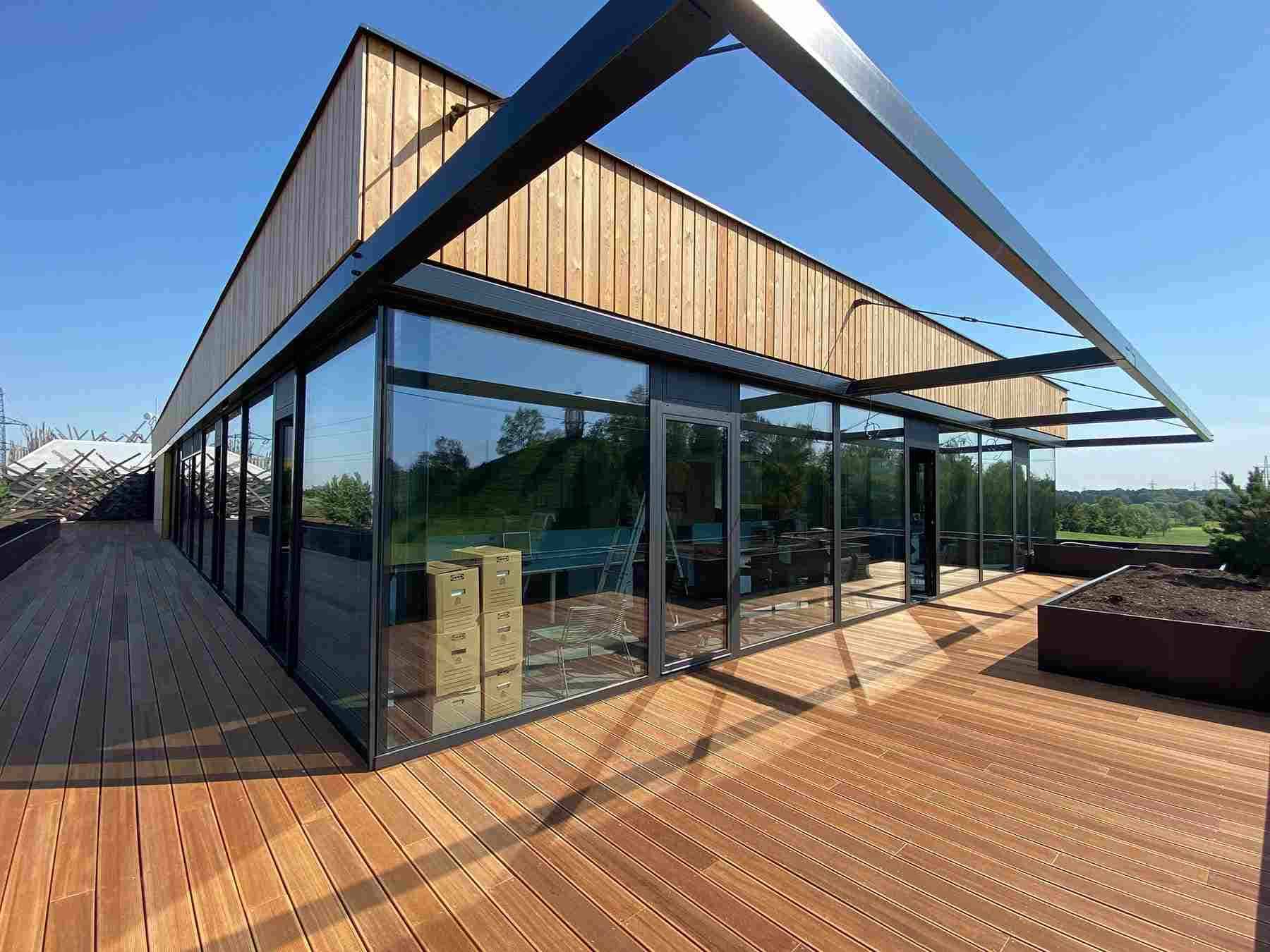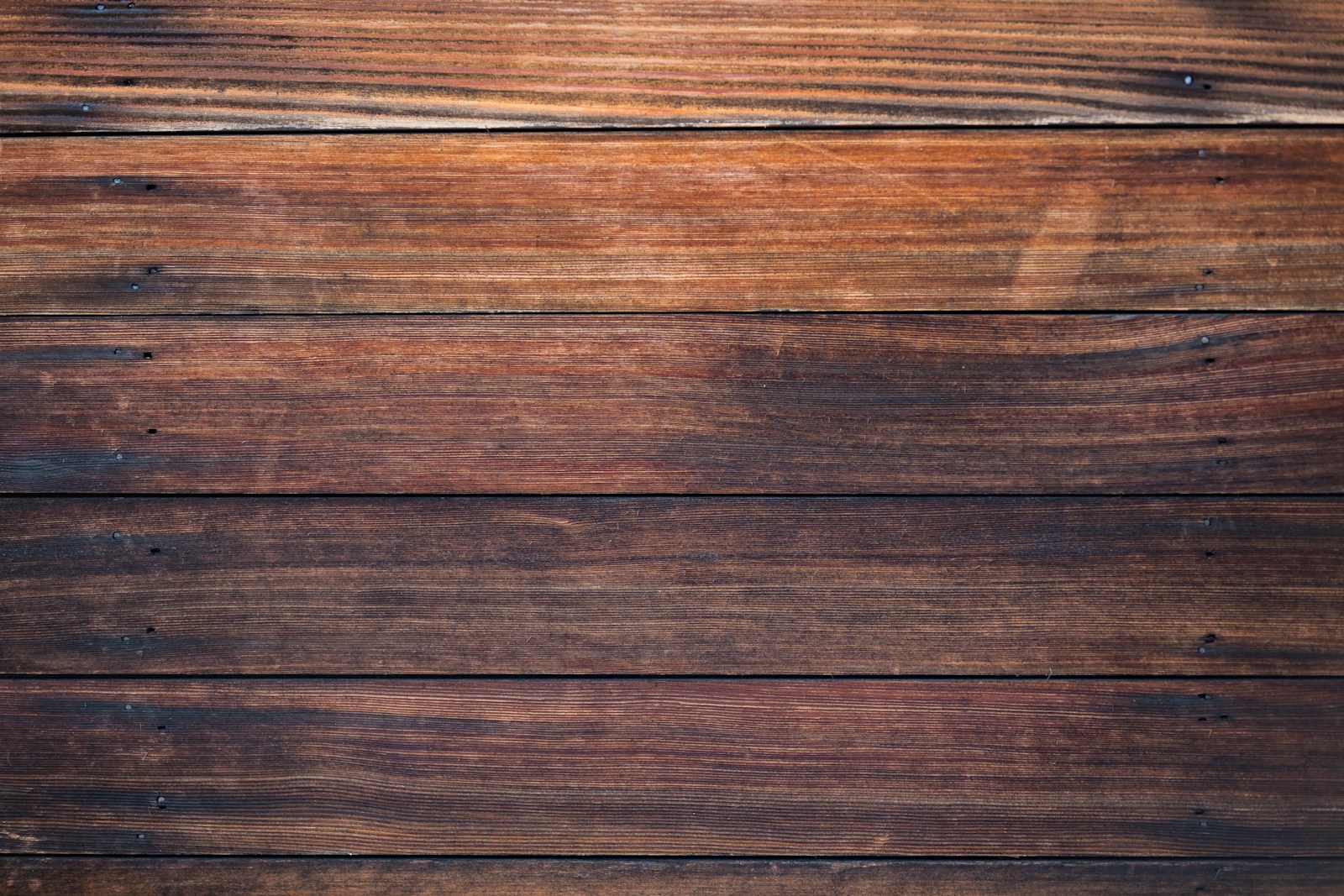Wood Cladding: Elevating Aesthetic Appeal and Durability in Modern Architecture
At au-mex.com, we understand that wood cladding remains a highly sought-after building material, prized for its aesthetic appeal and versatile performance capabilities. When utilized effectively, wood cladding enhances the visual charm of a property while offering notable benefits in durability and insulation. This material seamlessly blends natural elegance with functional utility, making it a popular choice among homeowners and builders for both traditional and contemporary projects.
Versatility in Style and Function
Wood cladding offers a wide array of types and finishes, catering to diverse architectural styles and personal preferences. Beyond its visual appeal, wood cladding contributes significantly to a building’s energy efficiency and, when properly maintained, provides a robust defense against environmental elements.
Selecting wood cladding involves a thoughtful consideration of factors such as climate, maintenance requirements, and the specific properties of the chosen wood type. This blend of aesthetic versatility and practical performance makes wood cladding an excellent option for enhancing a property’s exterior while ensuring lasting durability.
Types of Wood Cladding

Wood cladding is available in various types, each offering unique advantages and aesthetic qualities. The choice of wood species and cladding profiles can significantly influence both the appearance and the longevity of a structure.
Hardwood and Softwood Options
Wood cladding can be broadly categorized into hardwood and softwood options, each with distinct characteristics:
Hardwood Options:
Species such as Oak and Western Red Cedar are highly regarded for their durability and refined appearance. Oak, known for its strength and longevity, is ideal for high-end applications, offering a timeless, sophisticated look. Western Red Cedar, valued for its natural resistance to decay and insects, provides excellent insulation properties and a beautiful, natural finish.
Softwood Options:
Softwoods like Larch and Pine present cost-effective cladding solutions. Larch is noted for its resilience and weather resistance, making it suitable for various climates, while Pine is lightweight and easily sourced, making it a popular choice for projects with budget constraints. Both hardwood and softwood options can be treated to enhance durability, ensuring their suitability for a range of environmental conditions.
Profiles and Forms
The profile of wood cladding plays a crucial role in determining its aesthetic and functional qualities. Common profiles include:
- Shiplap: Offers a sleek, modern look with overlapping boards that prevent moisture ingress.
- Tongue and Groove: Ensures a snug fit between boards, enhancing stability and reducing gaps.
- Shadow Gap: Creates a subtle shadow effect with spaced boards, adding depth and visual interest to the façade.
- Feather Edge: Features a tapered edge that provides a rustic appearance and effective water runoff.
Selecting the right profile is essential for achieving the desired style, insulation properties, and maintenance requirements. Each profile contributes uniquely to the overall performance and aesthetic of the cladding.
Installation and Application
Wood cladding serves both functional and decorative roles in exterior and interior spaces. Effective installation techniques and thoughtful applications are key to maximizing performance and visual impact.
Exterior Cladding Techniques

For new builds, precise installation techniques are critical to achieving optimal results:
- Preparation: Ensure that the wall surface is clean and dry. Installing a water-resistant membrane is essential to protect against moisture.
- Insulation: Incorporating insulation within the cladding framework enhances energy efficiency.
- Sizes and Layout: Choose cladding boards in various sizes to create different visual effects. Horizontal installation can make structures appear wider, while vertical placement can enhance the perception of height.
- Fastening: Use stainless steel or galvanized screws for long-term durability. Proper spacing and alignment are vital to prevent warping or splitting.
Applying these techniques ensures that exterior wood cladding performs effectively and maintains its aesthetic appeal over time.
Interior Wood Cladding
Interior wood cladding not only enhances visual appeal but also offers insulation benefits:
- Material Selection: Opt for high-quality timber, such as oak or cedar, to achieve a luxurious finish.
- Application: Interior cladding can be used on walls or ceilings, providing unique design opportunities.
- Finishing Techniques: Consider staining or varnishing to protect the wood and enhance its natural beauty.
- Installation Method: Boards can be installed horizontally or vertically, depending on the desired visual effect.
For applications in utility spaces like sheds or garages, prioritize weather-resistant materials and ensure proper ventilation to maintain longevity. Both aesthetic appeal and functional characteristics are vital for successful interior installations.
Maintenance and Durability
Regular maintenance is essential to preserve the appearance and structural integrity of wood cladding. Protecting against decay and rot is crucial to extending the life of the material and ensuring its continued performance.
Protecting Against Decay and Rot
To guard against decay and rot, it is vital to protect wood cladding from moisture. Weather resistance is a key factor, as prolonged exposure to rain and humidity can compromise the material’s durability. Using treated wood, infused with preservatives, significantly improves its resistance to biological threats.
Regular inspections are necessary to identify early signs of wear, such as cracks or discoloration, which may indicate potential rot. Maintaining proper ventilation behind the cladding also helps reduce moisture buildup. Additionally, installing overhangs or canopies can provide further protection from direct rain exposure, reducing maintenance needs and prolonging the wood’s lifespan.
Treatment and Care of Cladding
Proper treatment and care enhance the durability of wood cladding. Applying oils or wood stains designed for outdoor use adds a protective layer against UV damage. Sustainable options, such as recycled materials, can further minimize environmental impact.
Untreated wood requires more frequent maintenance, as it is more vulnerable to damage. Regular cleaning with mild soap and water is necessary to remove dirt and debris. Applying a protective finish every few years reinforces the protective barrier. Following manufacturer guidelines ensures the best results, maintaining both the aesthetic and structural quality of the cladding over time.
Considerations for Choosing Wood Cladding
Selecting the appropriate wood cladding involves understanding both environmental factors and the quality of materials, as these aspects directly impact durability, aesthetics, and maintenance requirements.
Environmental and Aesthetic Factors
When choosing wood cladding, it is important to consider its environmental impact and aesthetic appeal. Naturally durable woods, such as cedar and larch, resist decay and pests, reducing the need for chemical treatments. These materials also enhance various architectural styles with their distinctive colors and grain patterns.
Aesthetically, finding a balance between the wood’s natural hue and the desired finish is essential. Wood grains can vary significantly; tighter grains may provide a more uniform appearance, while broader grains add character and texture. Properties in wooded areas might favor a more rustic look, while urban settings may benefit from sleeker, modern options.
Grading and Quality
Understanding wood grading is crucial for selecting cladding that meets specific performance and aesthetic criteria. The grade reflects the quality and characteristics of the wood, impacting its appearance and durability. Higher grades generally feature fewer knots and imperfections, offering a more polished finish.
Modified woods, treated for enhanced durability and water resistance, provide excellent performance in challenging environments. Evaluating the cladding’s potential lifespan and resistance to issues such as decay or pest infestations helps in making an informed decision, ensuring a solid return on investment.




